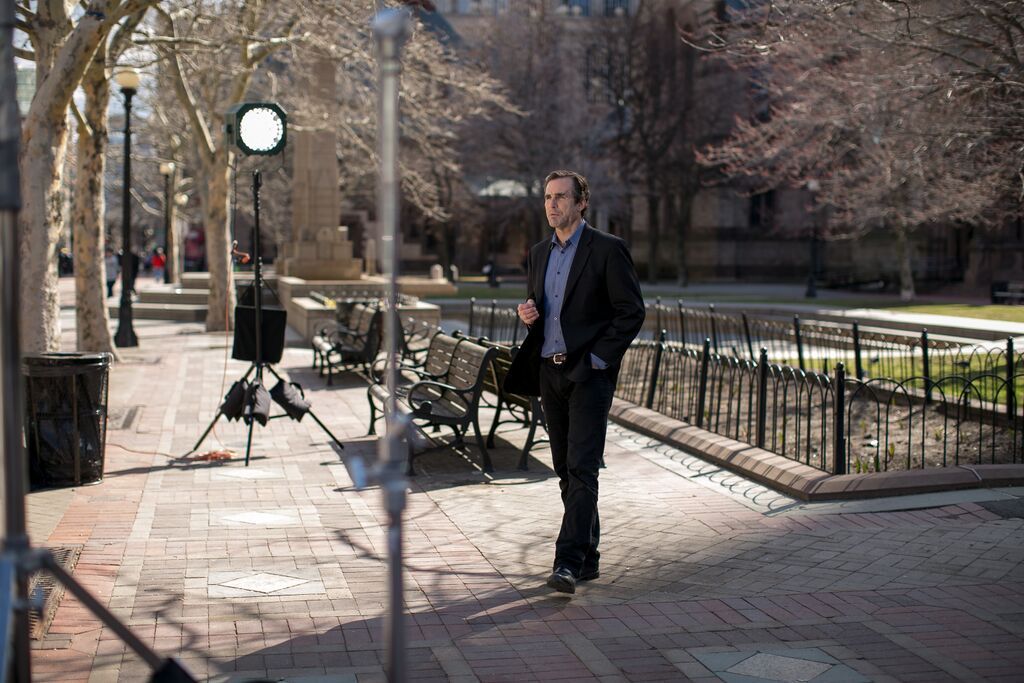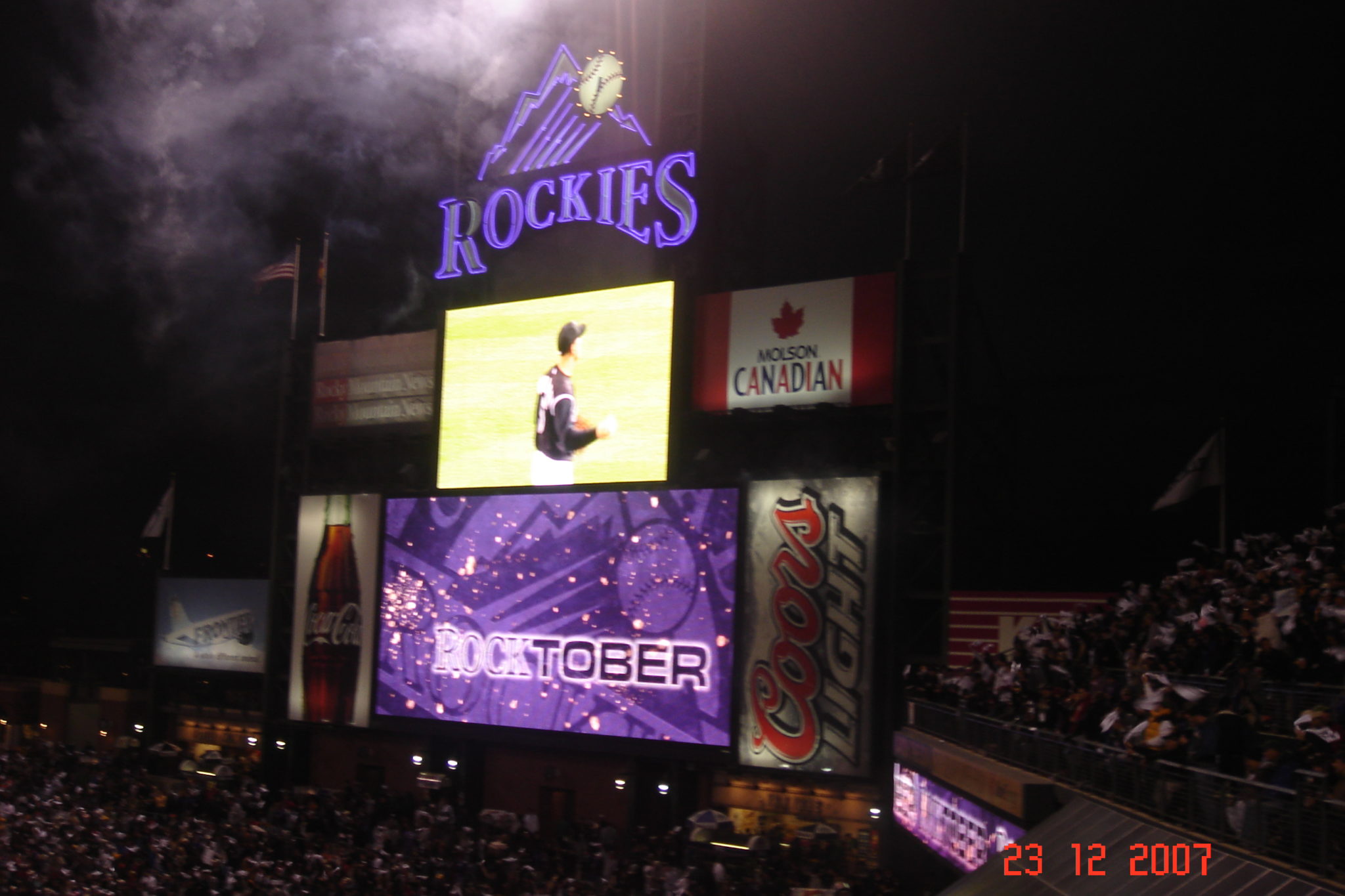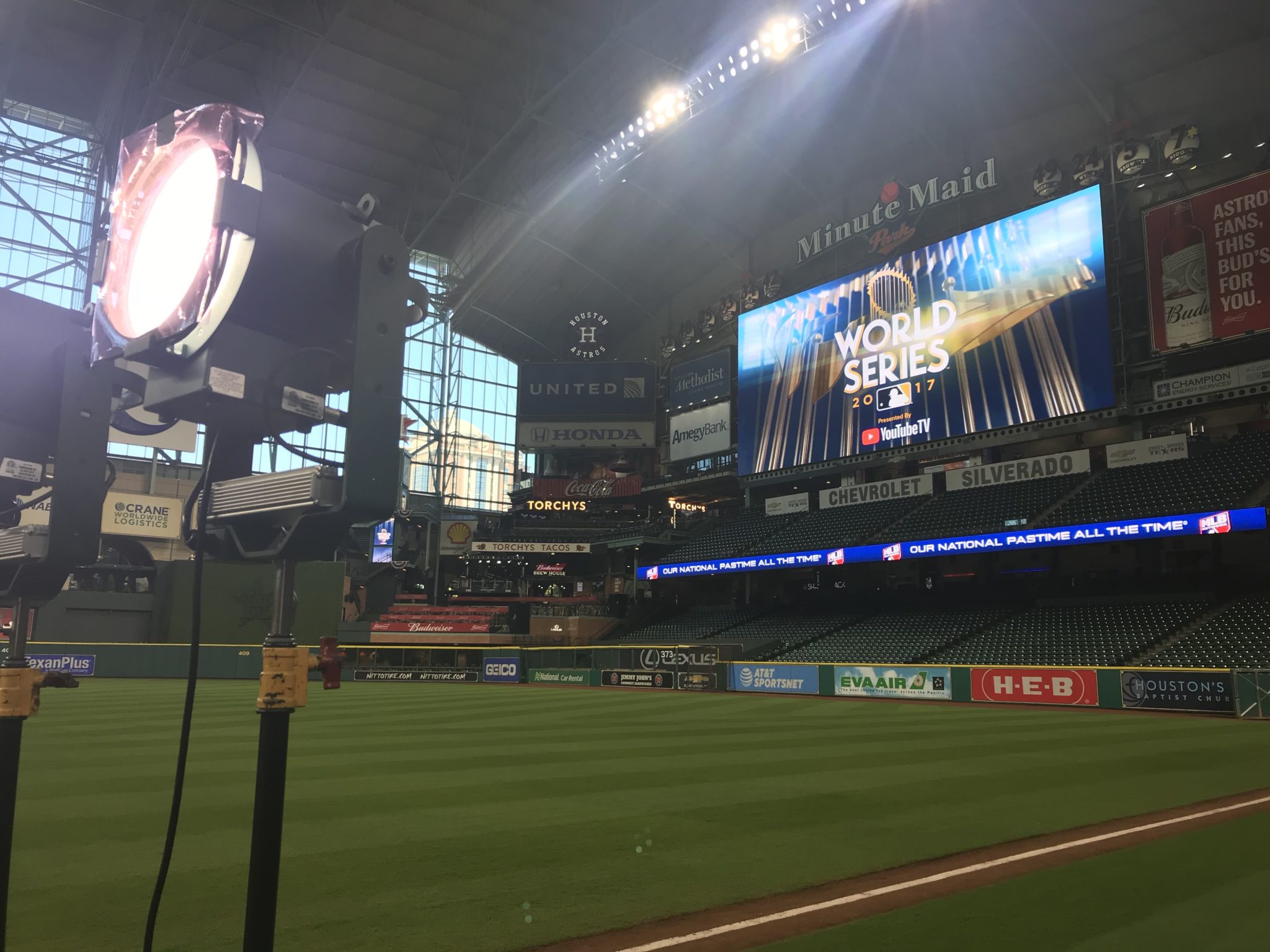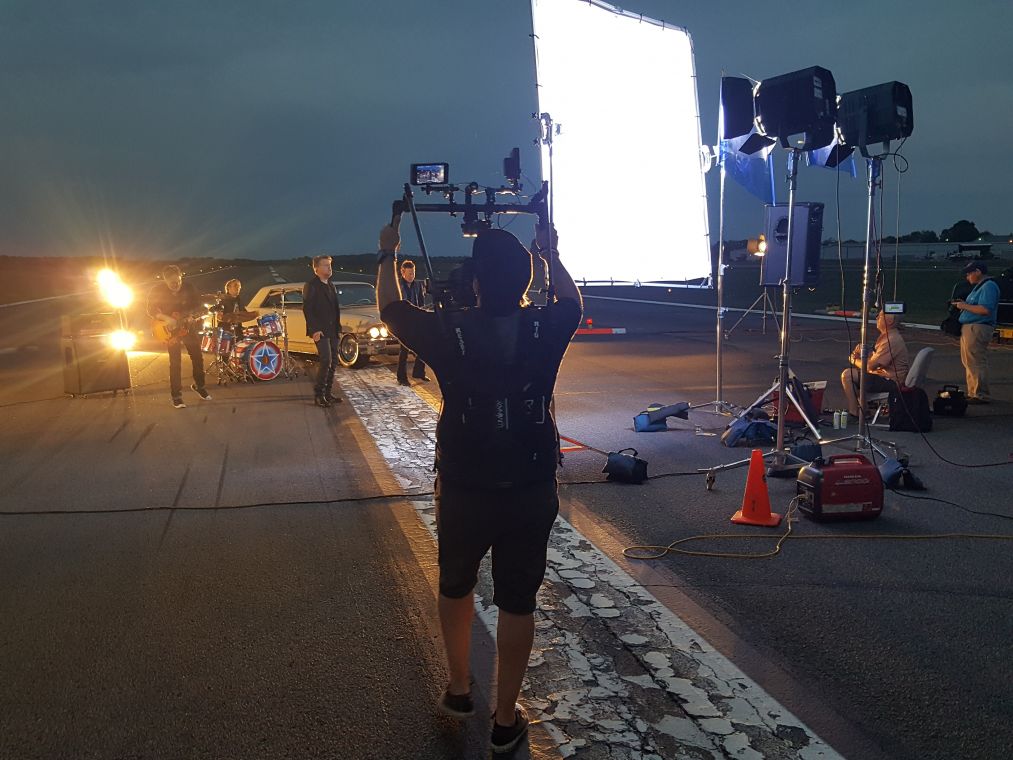Twinkling lights really make the holiday season feel special, and most of us couldn’t imagine seeing a Christmas tree without them. But did you know that using lights to decorate trees only became commonplace at the turn of the 19th century, as more and more families started bringing trees into their homes to celebrate the festive season?
If you are about to start decorating your tree, consider the history of the tradition, while you decorate yours.
Back in the 1800s, wealthy homeowners would have their staff spend hours fixing lit candles to their trees using melted wax or pins. They also had the good sense to keep a bucket of water or sand close by just in case the candles burn too far down and ignited the tree, although that didn’t always stop accidents from happening. Despite the very obvious safety concerns of having lit candles precariously balanced on flammable pine needles, this type of decoration remained popular.
In 1848 the Illustrated London News ran a picture of Queen Victoria and Prince Albert gathered around a lit Christmas tree with their children, spurring on the upper classes of British society to embrace and emulate the tradition. This image spread as far as America, where it gained popularity and became known as the first “influential American Christmas tree”.
Fast forward to 1888, and respected inventor of the light bulb Thomas Edison became involved in the story, although strangely enough, it was not him who invented the Christmas tree light, instead of someone who worked for him.
One year, Edison decided to forego the Christmas tree and opted to use light bulbs on a string to decorate his Menlo Park Laboratory, as a marketing ploy to help him secure the electric contract for Manhattan. At the same time, Edward H. Johnson, the vice president of Edison’s Electric Light Company, decorated his tree with 80 specially made red, white, and blue bulbs that he displayed in the window of his Fifth Avenue home.
While the lit-up tree didn’t make the news at the time, local people love it and it wasn’t long before Johnson gained his place in history as the Father of the Electric Christmas Tree. Those rich enough to afford the cost of renting a wireman to install the lights, and a generator to run them could enjoy them in their own homes, for the princely sum of over $300 per tree.
In 1917, things took an exciting turn as a called Albert Sadacca thought to repurpose the white novelty lights his family produced, switching them over to colored bulbs. He instantly created the first Christmas lights safe for widespread use in the home, and history was made. His family business cornered the market in Christmas tree lights, and he went on to form an organization called NOMA in 1925, which became the largest Christmas light manufacturer in the world.
During the war years, Christmas tree lights on outdoor trees became almost obsolete as large displays and even domestic decorations were toned down and switched off in line with blackout regulations. The loss of interest in Christmas tree lights was further compounded following the rise of the aluminum Christmas tree in the 1950s, where electrical lighting was obviously not safe to use.
The mini bulbs that we know and love today, were first introduced in the 1970s and were produced cheaply overseas, meaning that their popularity grew once again as almost everyone in America had access to them. And the rest, as they say, is history!
Modern Day Christmas Light Displays
Nowadays, we have moved on from just electric string lights on trees, and many of us enjoy creating elaborate displays outside our own homes. Organized displays and Christmas light enthusiasts can now program complex displays using lights and strands with varying luminosity and even synchronized timing, making Christmas light displays that are absolutely awesome.
Professional lighting from Frank Gatto & Associates
While we may not be able to light your tree for you, we can provide world-class lighting for your indoor and outdoor events all across the holiday season. Call us today at 561-368-0101 to find out more.
Frank Gatto & Associates, Inc. are specialists in lighting for television events of all kinds. If you have an event that needs expert lighting, please call us today to see how we can help.
Phone: 561-368-0101
Email: frank@frankgattolighting.com
We can be found on Social Media at the following links.









